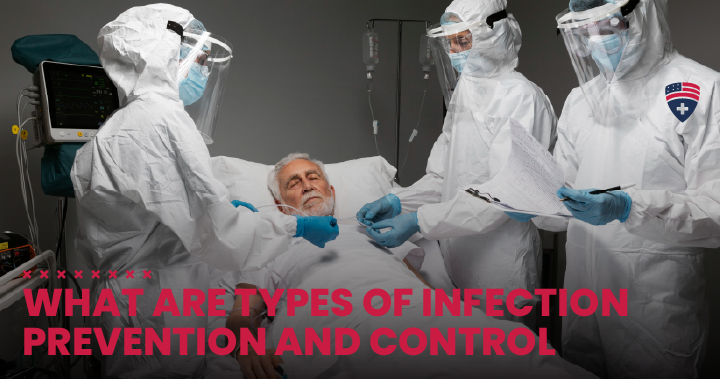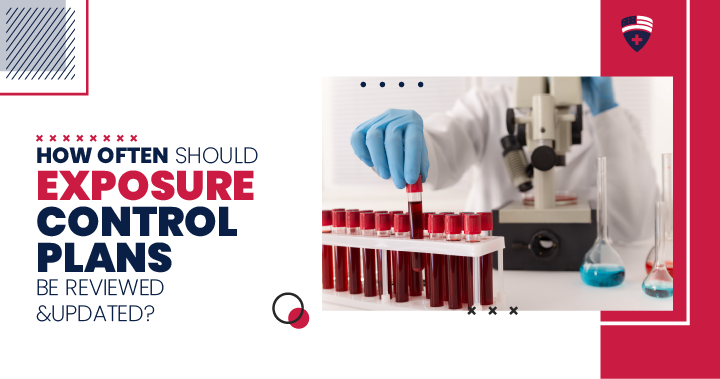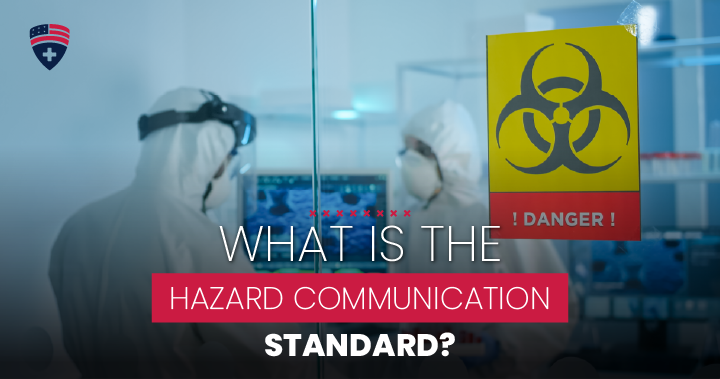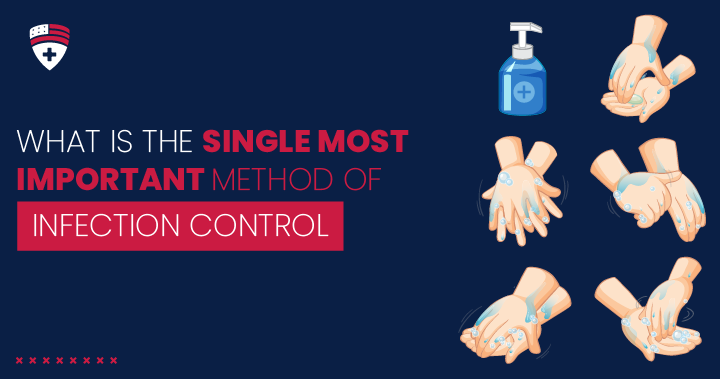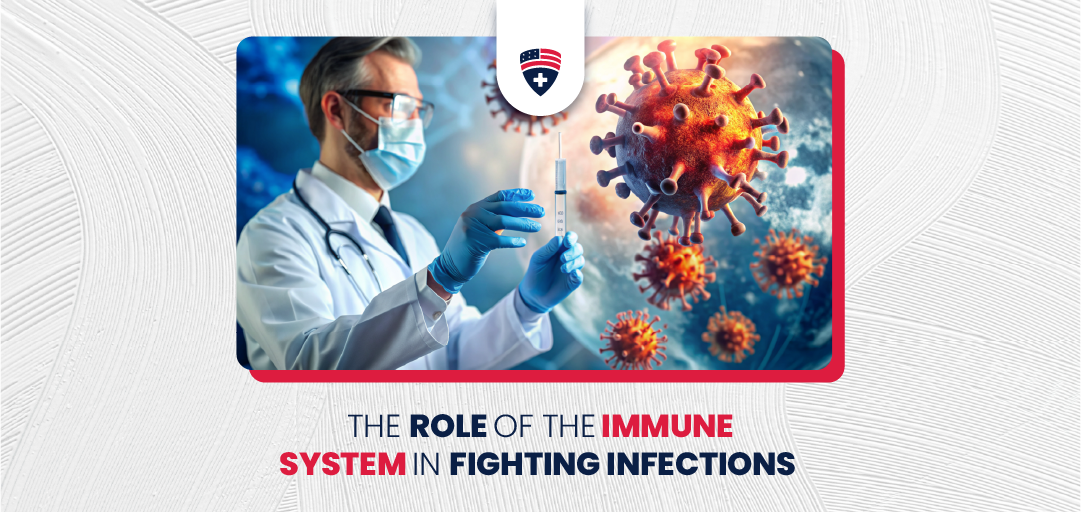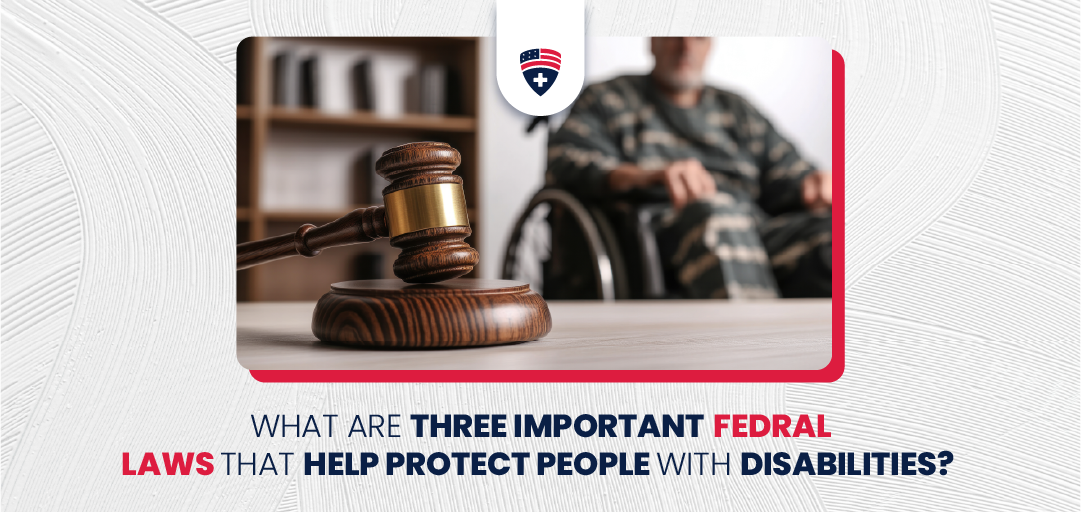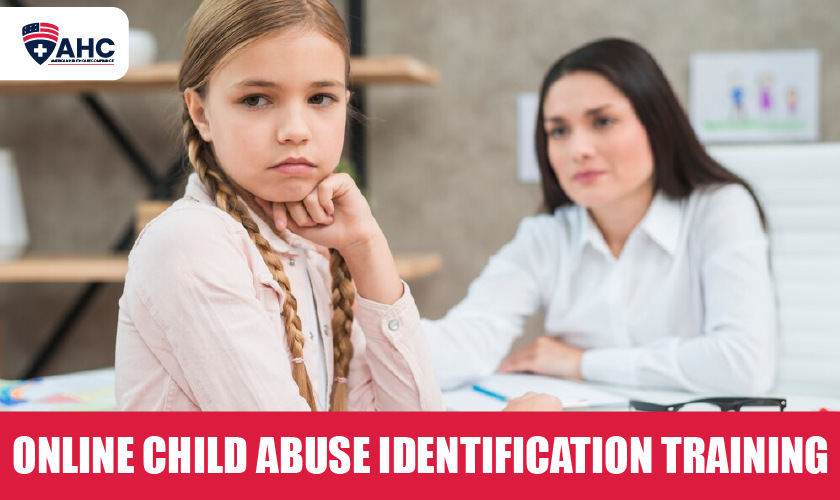
Online Child Abuse Identification Training
Understanding Child Abuse and Neglect
Child abuse and neglect are major public health issues as well as adverse childhood experiences (ACEs). They can have a lasting effect on health, opportunity, and happiness. This topic covers all forms of abuse and neglect of a child under the age of 18 committed by a parent, caregiver, or another person in a legal capacity such as a religious leader, a coach, or a teacher that results in harm, the potential for harm, or threat of harm to a child. Child abuse identification is most important for well well-being of such victims.
There are four common types of abuse and neglect:
- Physical abuse
- Sexual abuse
- Emotional abuse
- Neglect
What are the signs and symptoms of child abuse and neglect?
Child abuse and neglect can have various signs and symptoms that can be physical, behavioral,
or emotional.
Here are some of the signs and symptoms of child abuse and neglect:
Physical abuse signs and symptoms:
- Unexplained injuries, such as bruises, burns, fractures, or welts
- Injuries that appear to have a pattern, such as marks from a hand or belt
- Injuries that are not consistent with the explanation given
- Injuries that occur repeatedly
- Injuries that are not treated or are treated after a delay
- Lack of adequate food, clothing, shelter, or medical care
- Poor hygiene
- Inappropriate clothing for the weather
Behavioral and emotional signs and symptoms:
- Fear, anxiety, or depression
- Aggression or anger
- Withdrawal or passivity
- Regression in behavior for age
- Eating issues
- Unexplained phobias or nightmares
- Excessive crying or developmental delay in infants
- Lack of emotional attachment to the parent or caregiver
- Unrealistic expectations of child development or behavior for age
- Isolation of the child socially or from other family members
- Poor self-esteem or lack of confidence
- Extreme weight change
- Suicide attempts or threats, especially with adolescents
Child Abuse Identification

When it comes to child abuse identification, all healthcare workers have a legal, medical and moral obligation to recognize the problem and report it to CPS.
Child Abuse Identification
When it comes to child abuse identification, all healthcare workers have a legal, medical and moral obligation to recognize the problem and report it to CPS.
Stay Informed: Keep updated on the signs, symptoms, and indicators of child abuse. Attend training sessions and workshops dedicated to child protection.
Observe Physical Signs: Look for unexplained bruises, burns, fractures, or injuries inconsistent with the child’s age or developmental stage.
Notice Behavioral Changes: Be attentive to sudden shifts in behavior, mood swings, withdrawal, aggression, or fearfulness, especially if they coincide with interactions with certain individuals.
Listen Actively: Pay attention to what the child says and how they express themselves. They may drop subtle hints or direct statements about their experiences.
Ask Open-ended Questions: When appropriate, engage the child in conversation. Use open-ended questions that allow them to share their feelings and experiences.
Document Carefully: Record detailed and accurate notes of any observed physical signs, behaviors, or statements made by the child. Include dates, times, and any other pertinent information.
Maintain Privacy: When discussing concerns with colleagues, ensure that conversations are held in private areas to protect the child’s confidentiality.
Consult Colleagues: If uncertain, seek advice or collaborate with colleagues, especially those with expertise in child protection or social work.
Follow Reporting Protocols: Familiarize yourself with the reporting procedures for child abuse in your jurisdiction. Ensure compliance with legal and institutional requirements.
Report Promptly: If you have reasonable grounds to suspect abuse, report it to the designated authorities or Child Protective Services (CPS) promptly.
Provide Emotional Support: Offer reassurance and comfort to the child. Let them know they are not alone and that help is available.
Collaborate with Specialists: Engage with child protection specialists, counselors, or social workers for further assessment and support for the child and their family.
Online Child Abuse Identification Training:
Online Child Abuse Identification Training is a critical component of healthcare education, equipping providers with the essential knowledge and skills needed to recognize and respond to potential cases of child abuse. It empowers healthcare professionals to fulfill their legal and ethical obligations to protect vulnerable children. Through comprehensive training programs offered by institutions like American Healthcare Compliance Training, providers gain a deep understanding of the signs of abuse, reporting protocols, and effective intervention strategies. This training ensures that healthcare environments are safe, supportive, and conducive to the well-being of children and their families.
What you will learn in course
- What Are the Major Types of Child Abuse and Neglect
- Risk and Protective Factors
- Prevention Strategies
- Abusive Head Trauma and Preventions
- How Is Child Abuse and Neglect Defined in Federal Law
For additional courses, explore Our Course library.
To learn more about our services and how we can assist you, please contact us American Healthcare Compliance

